Celebrity
Beyoncé's Most Iconic Fashion Moments
October 22, 2025
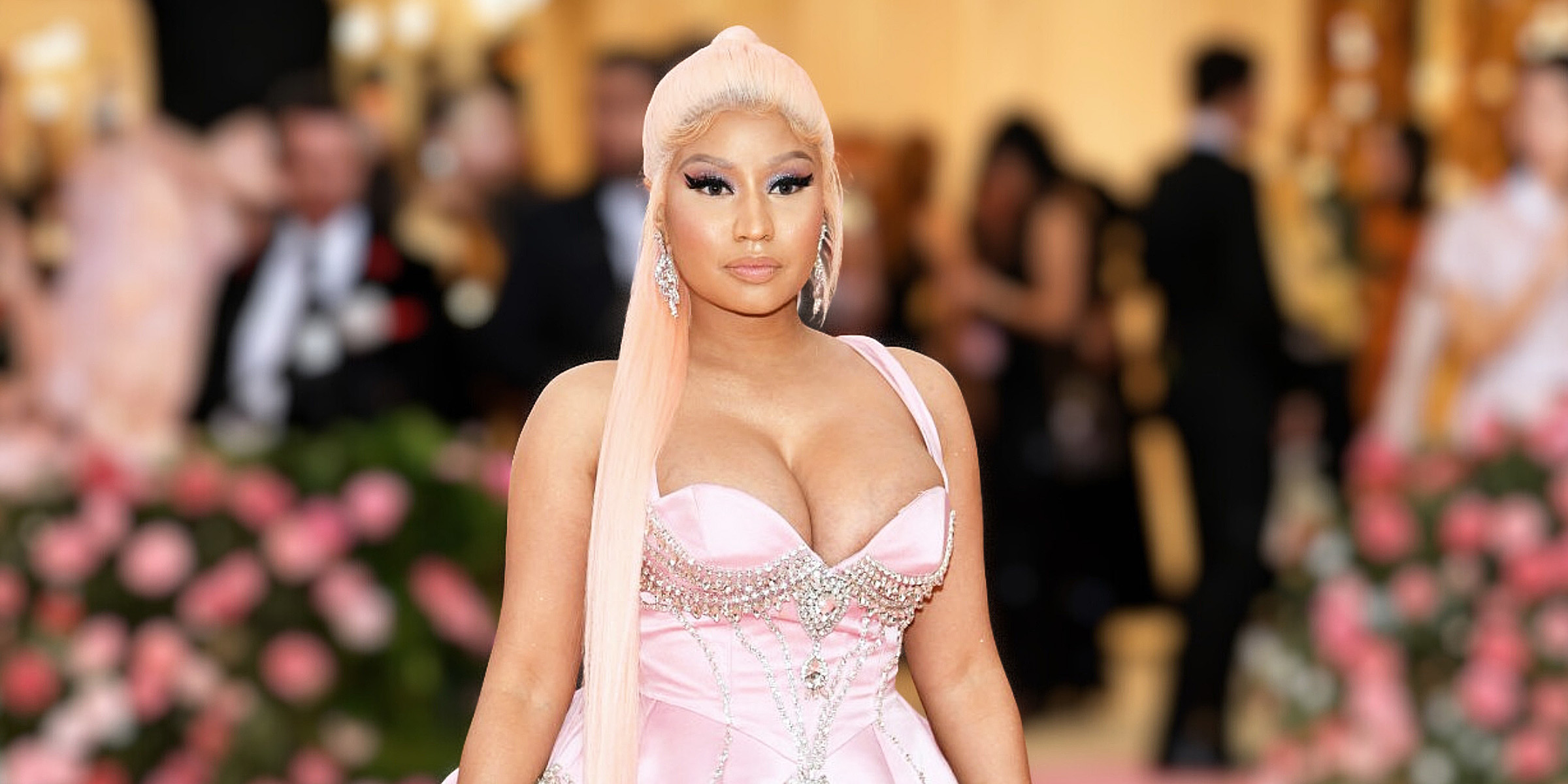
Few artists command attention on the red carpet quite like Nicki Minaj. Her fashion choices are not merely outfits. They are carefully constructed statements.
Nicki Minaj doesn't just wear fashion — she performs it. Every outfit, wig, and accessory tells a story about identity, power, and reinvention. Her style journey mirrors her career: bold, unpredictable, and original.
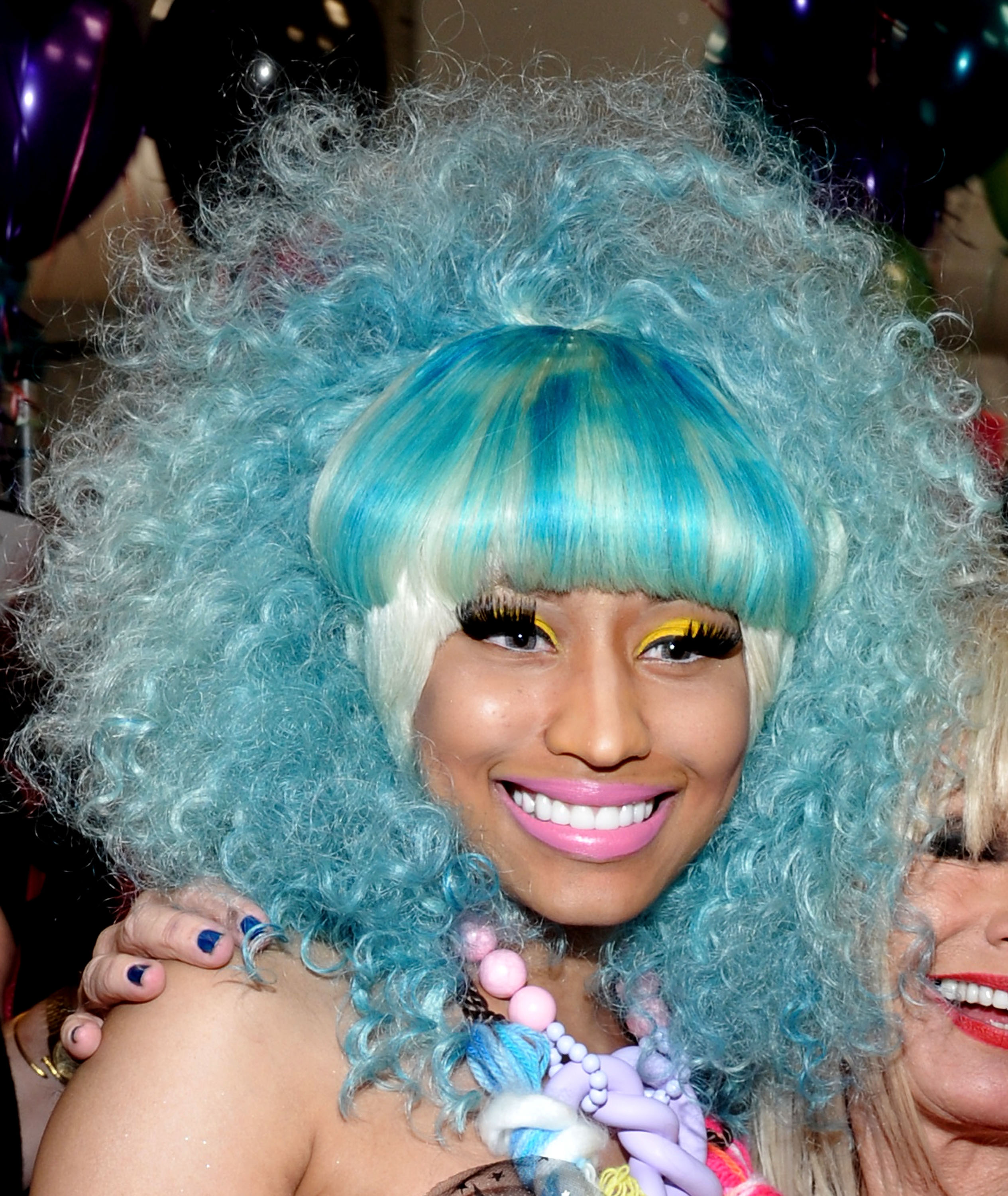
Nicki Minaj poses backstage at the Betsey Johnson Spring 2012 fashion show during Mercedes-Benz Fashion Week on September 12, 2011 in New York City. | Source: Getty Images
From her candy-colored Harajuku Barbie days to her sleek couture era, Nicki has mastered the art of transformation. Fashion is her language, and she uses it to celebrate creativity, challenge norms, and express every facet of her identity.
Before she was sitting front row at fashion week, Nicki was busy rewriting the rules of hip-hop style. Her early looks were pure visual theatre, a mash-up of color, fantasy, and fearless imagination.
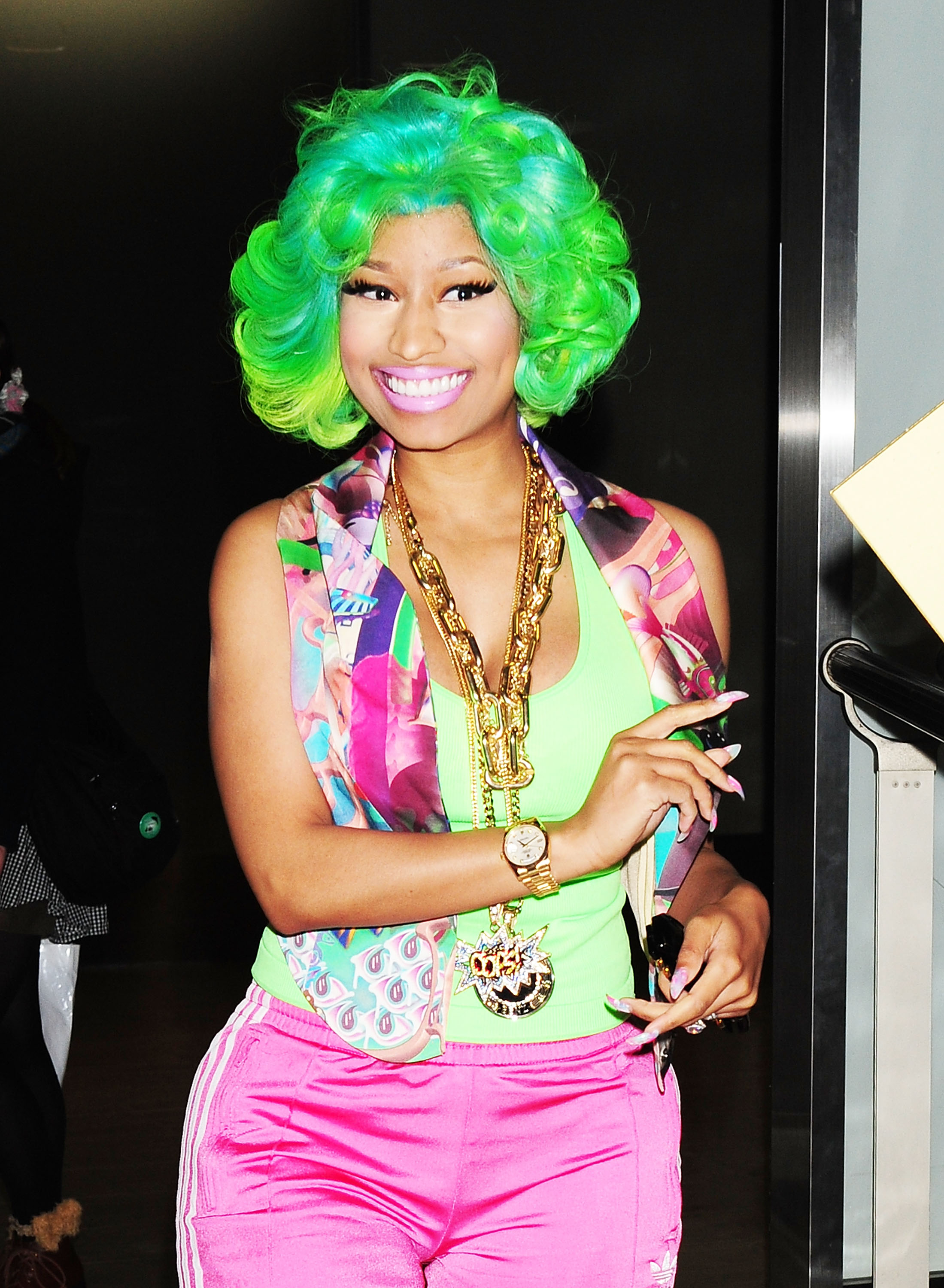
Nicki Minaj arrives at Narita International Airport on March 20, 2012 in Narita, Japan. | Source: Getty Images
Drawing inspiration from Japan's Harajuku street style, she created her own signature aesthetic: neon wigs, cartoonish dresses, latex bodysuits, and candy-colored accessories. It was chaotic, playful, and larger than life — much like her alter ego, "Black Barbie."
This wasn't random excess; it was calculated creativity. Every look announced Nicki as an artist who refused to blend in. Her early fashion wasn't about standing out; it was about building a persona that could hold her own in a male-dominated industry.

Nicki Minaj arrives at Narita International Airport on March 20, 2012 in Narita, Japan. | Source: Getty Images
As Nicki's career skyrocketed, so did her approach to style. The wigs got sleeker, the palettes more refined, and the labels high-end.
She began collaborating with luxury fashion houses, trading plastic for Prada and bubblegum hues for Balenciaga silhouettes. This evolution wasn't about abandoning her roots; it was about owning her power in a space that often excluded women like her.
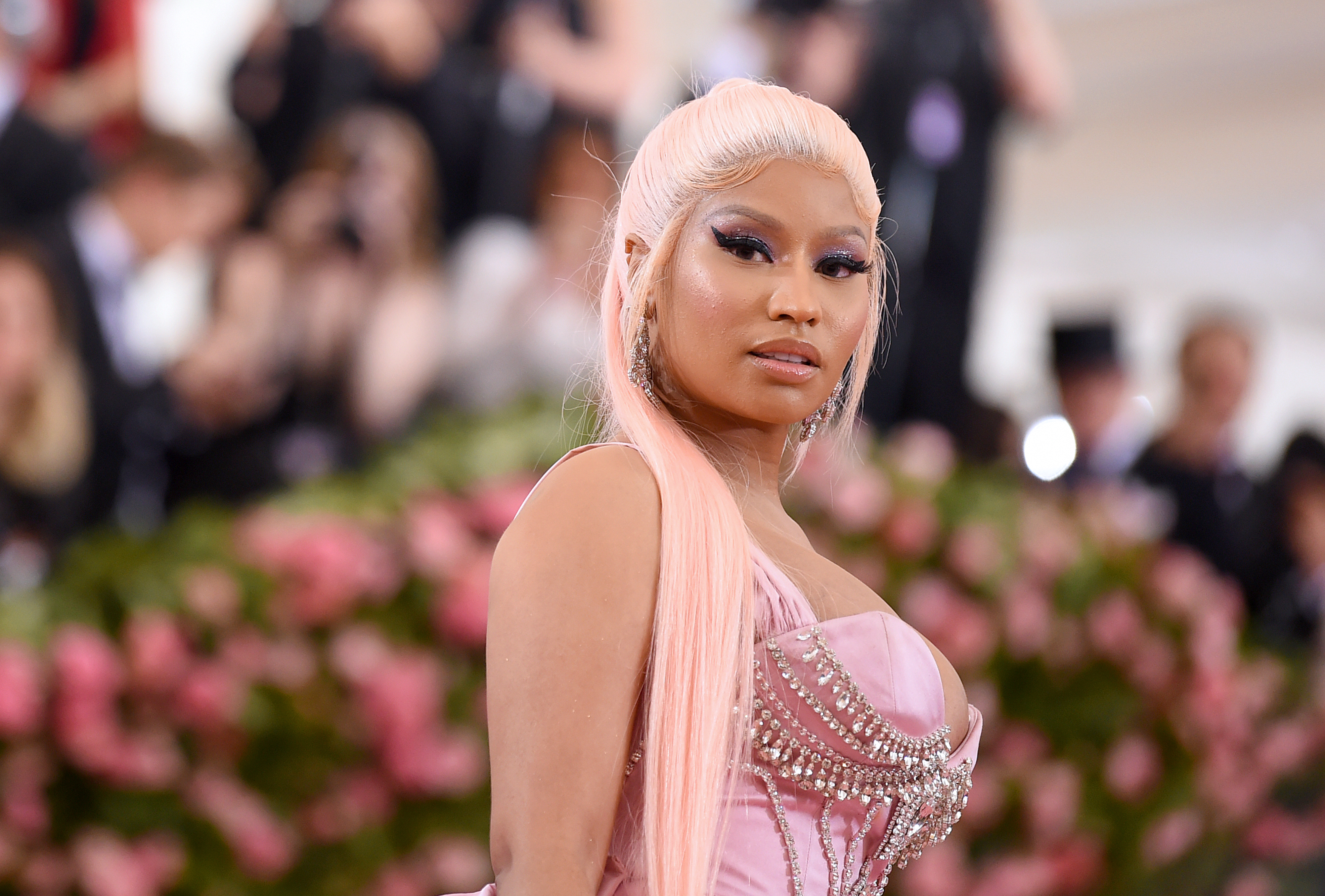
Nicki Minaj attends The 2019 Met Gala Celebrating Camp: Notes on Fashion at Metropolitan Museum of Art on May 06, 2019 in New York City. | Source: Getty Images
Nicki's transformation showed she could command a red carpet just as fiercely as she commands a stage. Her appearances at events like the Met Gala or Paris Fashion Week showcased a new side of her artistry. One that balanced glamour, structure, and sophistication without ever losing her signature edge.
For Nicki, fashion isn't just aesthetic; it's identity. Each era of her career has been tied to a different persona, from the hyper-feminine Black Barbie to the fierce, unpredictable Roman Zolanski.
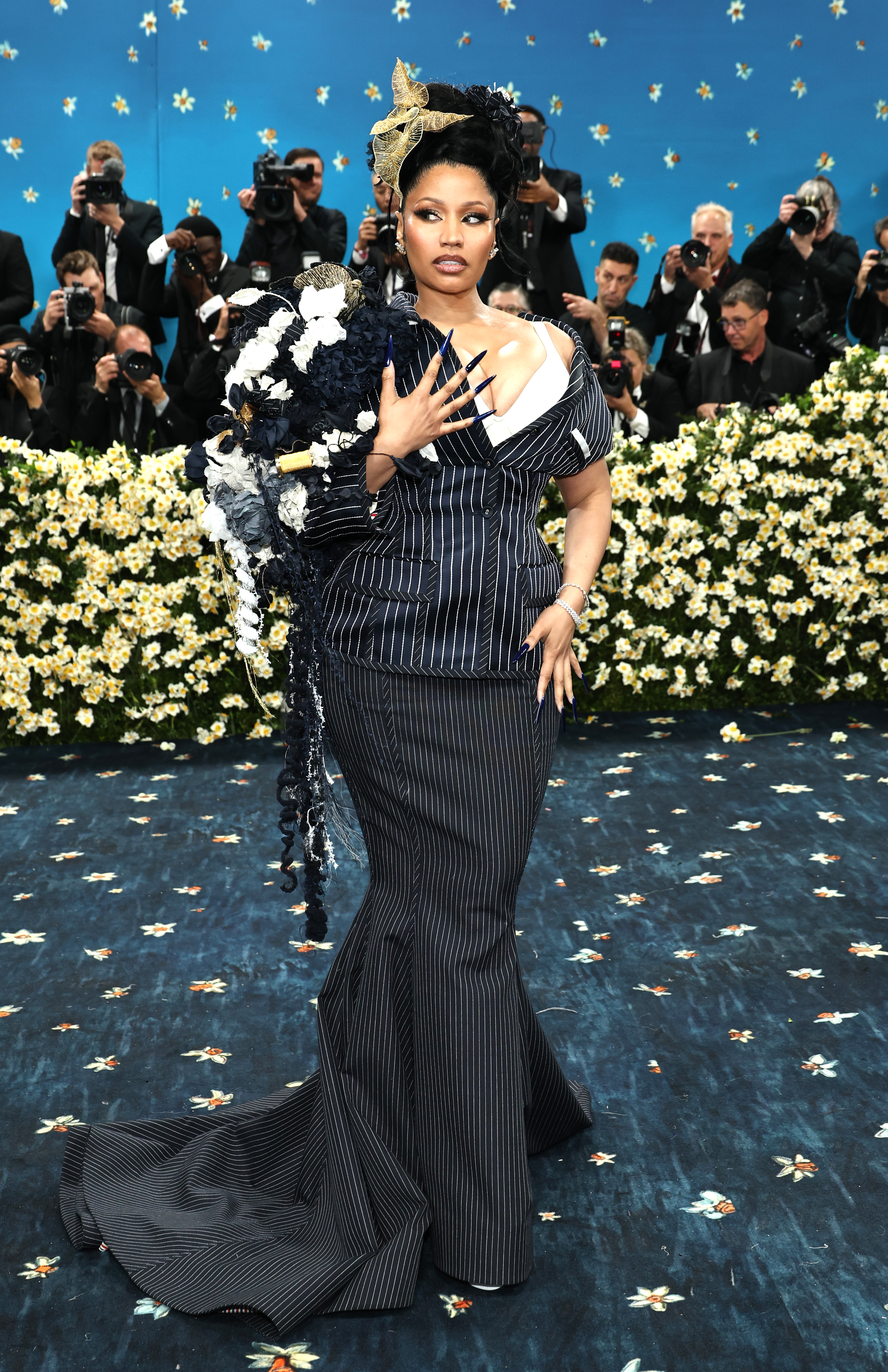
Nicki Minaj attends the 2025 Met Gala Celebrating "Superfine: Tailoring Black Style" at Metropolitan Museum of Art on May 05, 2025 in New York City. | Source: Getty Images
Through clothing, she explores character and control — using fashion to blur the lines between costume, confidence, and commentary. Her style choices have sparked conversations about femininity, power, and how Black women in music use self-presentation as resistance.
Over the years, Nicki has proven that fashion can be both armor and art. Whether wrapped in sequins or sculpted in couture, she's always in control of the narrative — rewriting what it means to be a woman in power, in music, and in fashion.